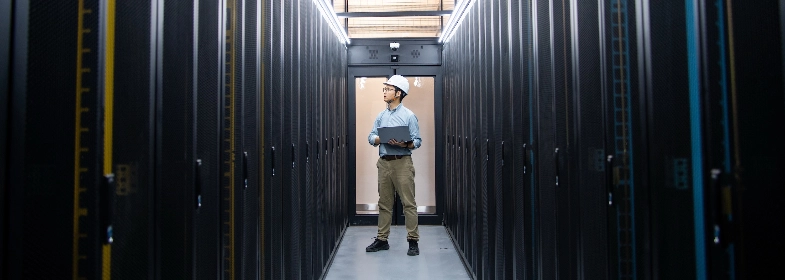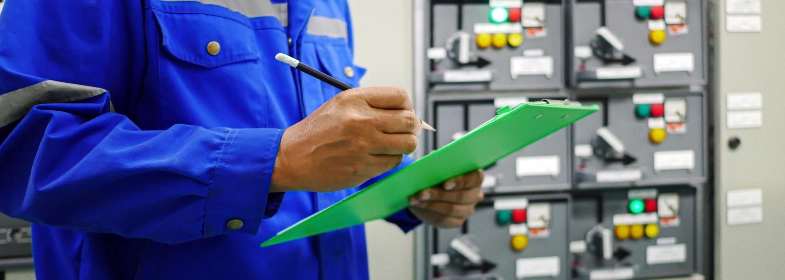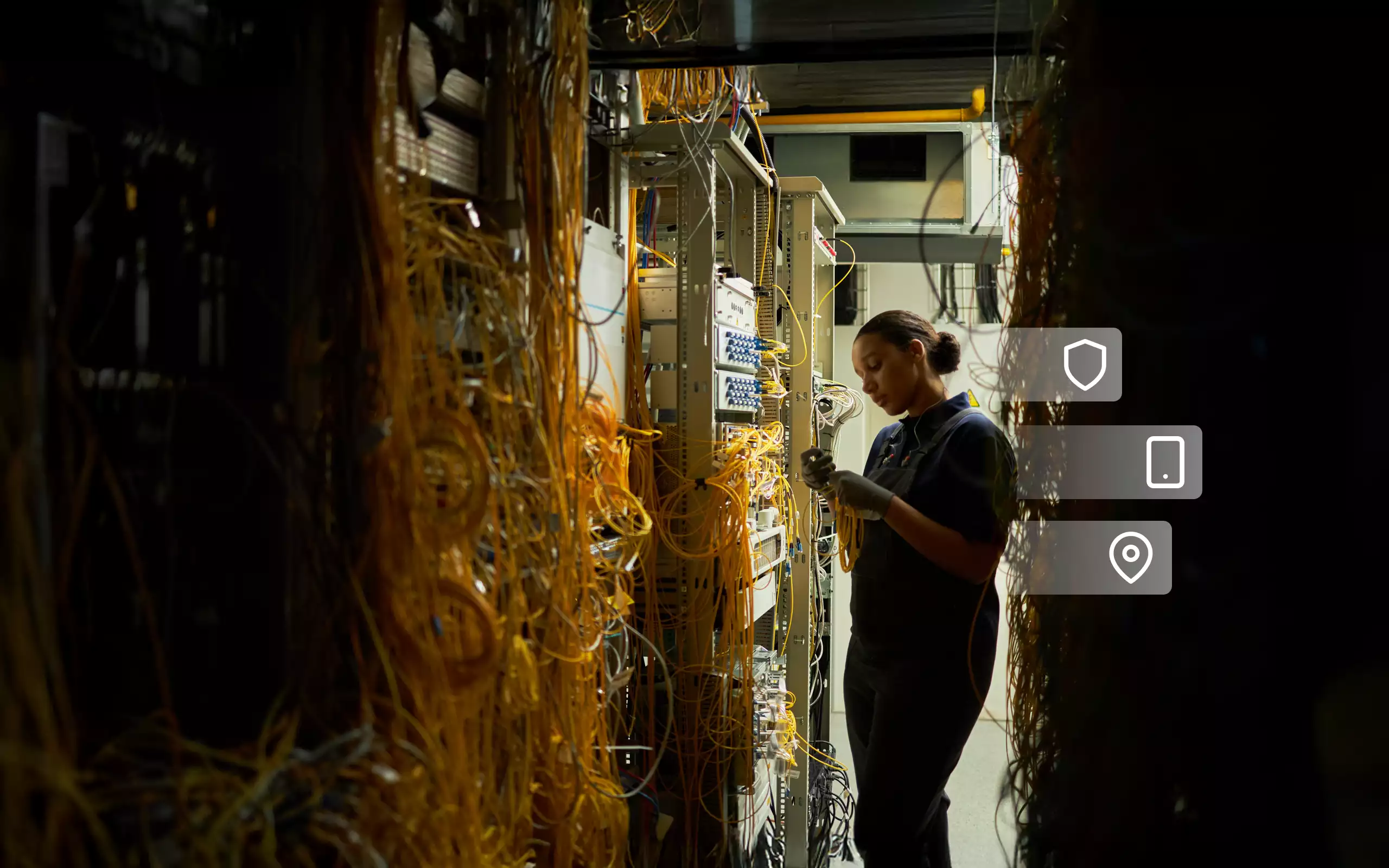480 searches per month (August 2025 data) – this is how often people search for the term “working alone” in Germany alone. This shows that the topic concerns many companies. No wonder, because more and more employees are working outside of sight and calling range — whether for maintenance work, in technical systems or in facility management. But how can working alone be made safe?
Our checklist helps companies keep an eye on the most important aspects – and shows how digital solutions make implementation easier.
What does working alone mean?
Lone work occurs when employees work outside the call and sight of other people. Typical examples:
- Technical maintenance in remote areas
- Checks at night
- Working in large industrial plants
- Field service assignments with electricity or grid operators
In these situations, the risk increases – for example in the event of medical emergencies, falls or the effects of violence. They are strict legal requirements for risk assessment.
The checklist: Working safely alone
1. Technical equipment

Are appropriate protective mechanisms such as a dead man's switch or personal emergency signal systems in use?
Digital security solutions offer integrated dead man functions with real-time monitoring and emergency call triggering – mobile, GDPR-compliant and intuitive to operate. Automation significantly reduces the risk of human error and increases safety in the long term.
2. Communication solution

Is there a reliable way to stay in touch with the team – for example in the event of accidents or unclear situations?
An app-based solution enables:
- Instant location transfer in case of an emergency
- Direct connection to Network Operations Center (NOC)
- Flexible connection to existing systems via API or webhooks
This ensures that important information is forwarded quickly and reliably at all times.
3. Risk analysis & risk assessment

Became a Workplace risk assessment created that is specifically tailored to the activity and environment?
Our blog post “Risk assessment in field service” explains how you can meet the legal requirements digitally.
Continuous updating of the analysis ensures that new threats are also identified and addressed at an early stage.
4. Training & awareness raising

Are all employees trained to deal with emergencies? Do they know how to trigger dead man functions or emergency protocols?
A modern field service management tool should be designed to be intuitive and user-friendly. Training costs and acceptance are directly linked to the user experience.
Regular training and practical exercises also strengthen safety awareness in everyday working life.
5. Emergency protocols

Are there specific processes for emergencies – and are these known and comprehensibly documented to all employees?
Here, digital solutions are further superior to traditional, analog processes. Digital protocols are up to date and always available – even in an emergency.
As a result, rescue measures can be initiated more quickly and response times can be significantly reduced in an emergency.
Entry in use: digitally securing security
Ob automated dead man circuit, digital access management or Live monitoring: Entry is more than just a field service app. It protects employees in real time and makes the organization of field service teams easier and supports NOC managers in coordination and risk prevention.
Conclusion
Working alone is not dangerous per se – but only if the right protective measures are taken. The combination of risk assessment, communication, technology and clear protocols ensures safety in the field. With the right digital support, occupational safety is not only legally compliant, but also efficient and smart.
Would you like to know how Entry can be used in your company?
Request a free demo now: entry.conntac.net/en/request-demo











